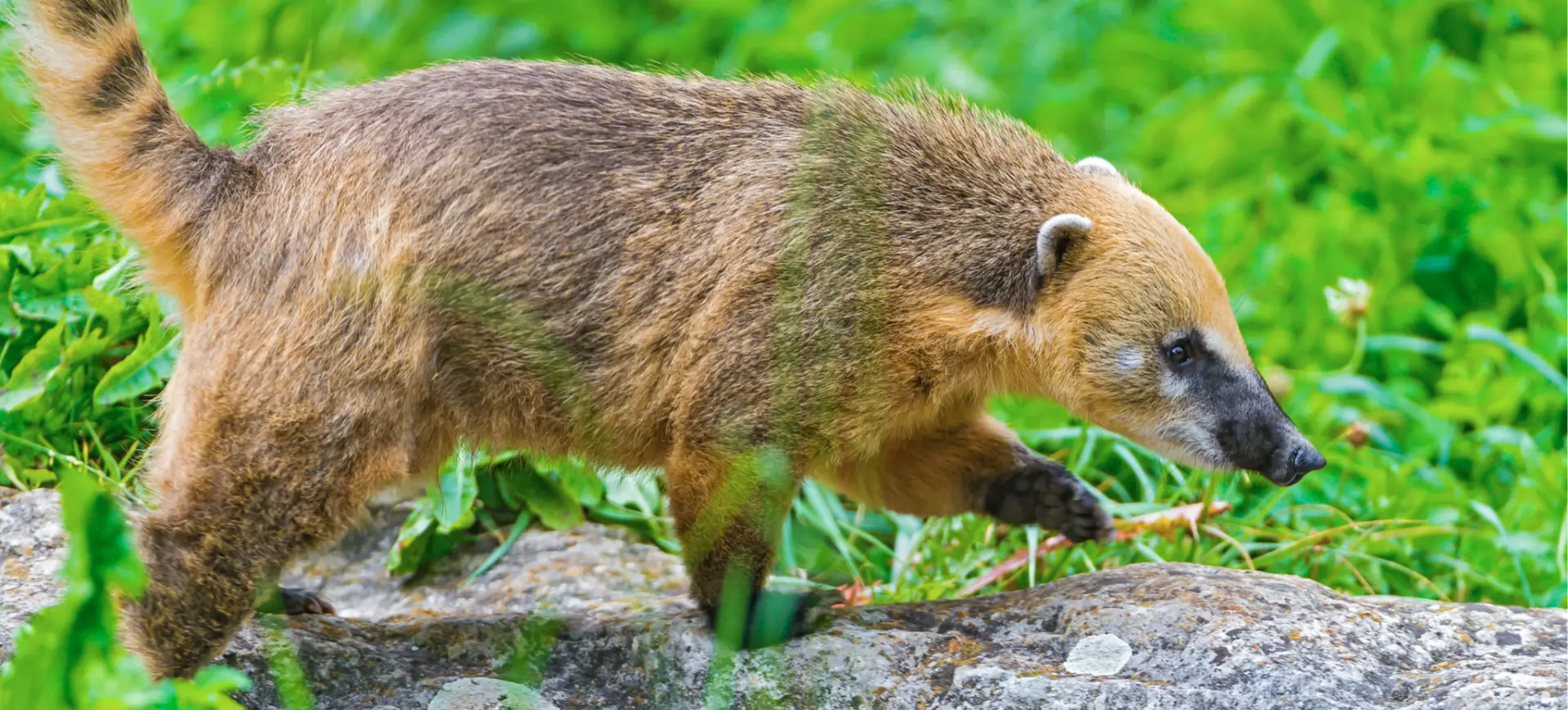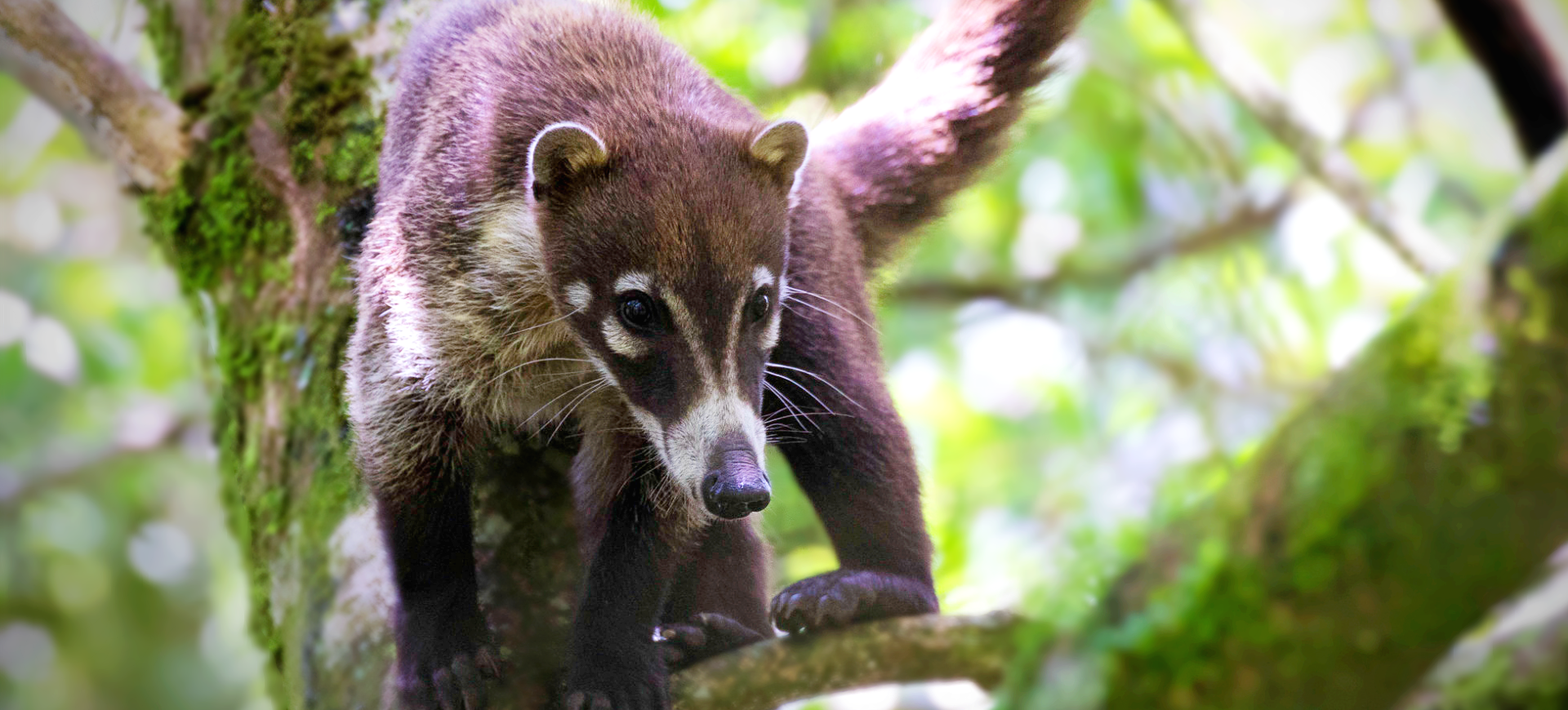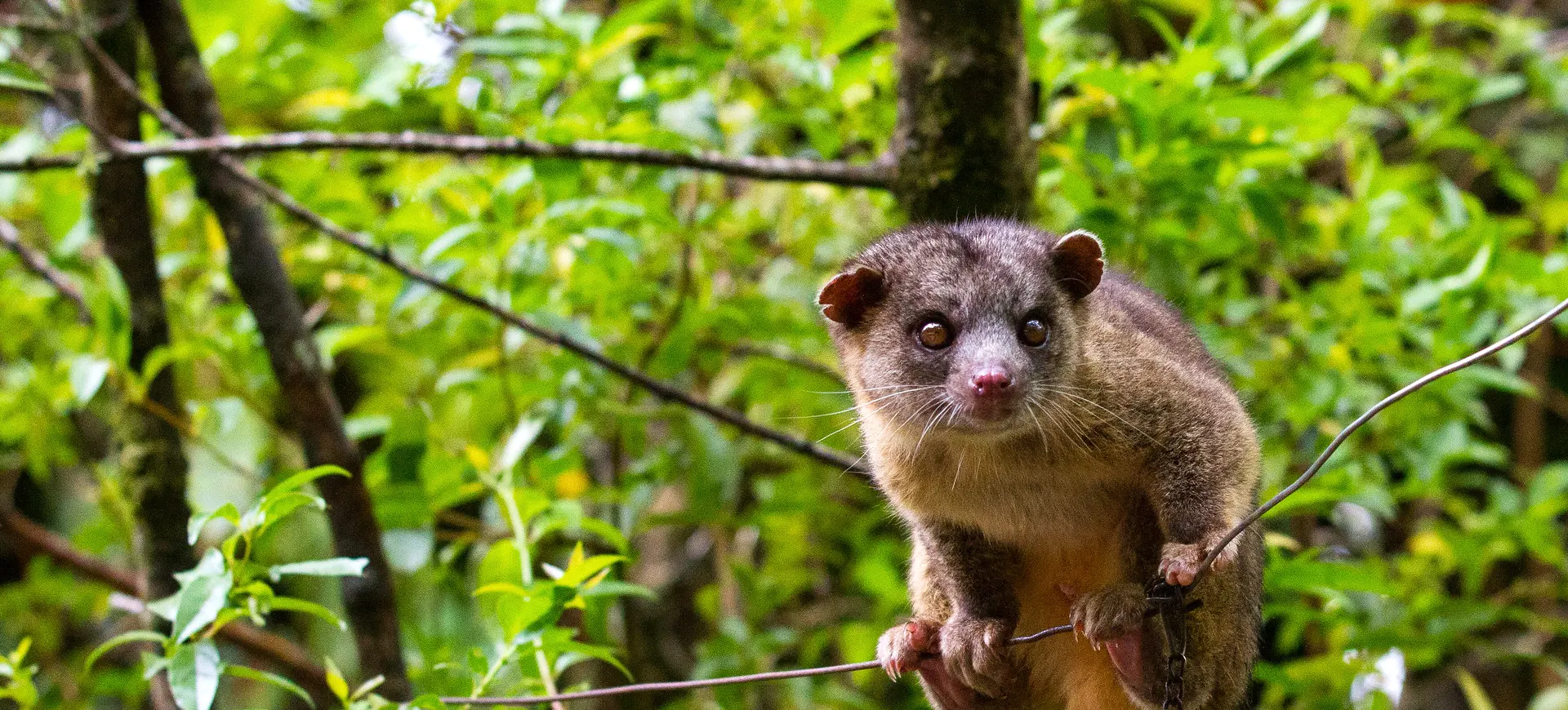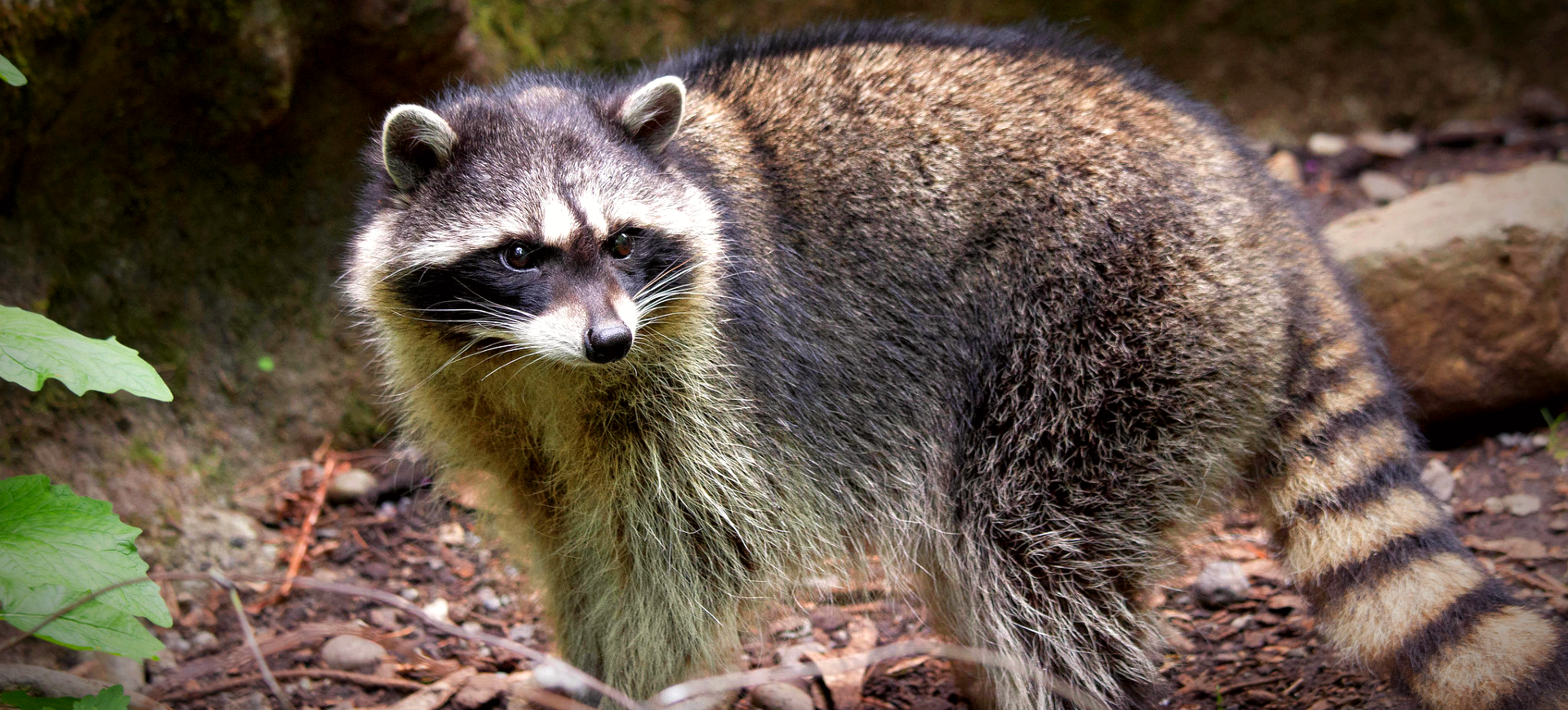Overview
The Bassariscus astutus, commonly known as the Ringtail, is a mammal in the raccoon family native to arid regions of North America. Small yet agile, these nocturnal creatures appear somewhat akin to a cat with their compact bodies and pointed snouts, but their oversized, bushy tails ringed with black and white markings distinctly set them apart.
Ringtails are highly adaptable and can thrive in various, including rocky deserts, scrublands, and woodlands. Their fantastic climbing abilities and propensity for exploring rocky crevices make them unique amongst Procyonidae. Known for their elusive nature, Ringtails are challenging to spot in the wild and are often referred to as “Miner’s Cats” for their historical associations with prospectors, as they kept mines free of pests.
The diet of the Ringtail is notably diverse, including a variety of small animals, insects, and plant matter, reflecting the omnivorous diet every day in the raccoon family. Furthermore, they are solitary creatures, with males and females typically coming together only to mate. Once the breeding season concludes, females raise their offspring alone.
Taxonomy
Kingdom
Phylum
Class
Order
Family
Genus
Species
Type
Physical Description:
Ringtails are small, cat-sized mammals with compact bodies and pointed snouts. Their fur is generally soft and thick, colored with a mix of buff, gray, and dark brown. The underparts are usually lighter, and dark patches accentuate the eyes. One of their most striking features is the large, bushy tail adorned with seven to nine black and white rings, often exceeding their body length.
Ringtails exhibit slightly hooked, retractable claws, aiding their extraordinary climbing skills. Their hind feet can rotate 180 degrees, allowing them to descend trees headfirst. Male and female Ringtails are similar, measuring up to 70 cm in length (including the tail), and weigh between 0.7 and 1.5 kg.

Lifespan: Wild: ~9 years || Captivity: ~15 years

Weight: Male & Female: 1.5-3.3 lbs (0.7-1.5 kg)

Length: Male & Female: 24-28 in (60-70 cm)

Height: Male & Female: 12-16 in (30-40 cm)

Top Speed: 14.5 mph (23 km/h)
Characteristic:
Native Habitat:
Ringtails inhabit a range of habitats from sea level up to 3000 meters, including deserts, rocky outcrops, canyons, and pinyon-juniper forests, displaying a particular affinity for riparian habitats. Their adaptive nature allows them to nest in various locations, such as rocky crevices, hollow logs, and even in the attics of houses.
Ringtails are primarily nocturnal, resting most of the day in their dens. Known for their impressive climbing abilities, these animals are often found in areas with plenty of trees and rocks, which offer refuge from predators and serve as vantage points for spotting prey.
Biogeographical Realms:
Continents:
Countries:
Diet:
Diet & Feeding Habits:
Ringtails have a varied omnivorous diet. They feed on small mammals, birds, and reptiles, as well as a variety of insects. Their diet is heavily influenced by food availability in their habitat, and they’ve been known to consume fruits and berries when available.
Ringtails are opportunistic feeders who can adjust their diet according to the seasons and local food availability. They often forage alone at night, using their sharp hearing and eyesight to locate prey. Their hunting technique typically involves pouncing on the prey after a brief stalk.
Mating Behavior:
Mating Description:
The mating season for Ringtails typically occurs in the spring, during which males and females come together. After a gestation period of approximately 51-53 days, the female gives birth to a litter of two to four kits. The newborns are altricial, born blind and helpless, and the mother is solely responsible for their care.
The kits open their eyes after a month, and by the second month, they start to eat solid food and venture outside the den. The female Ringtail nurtures her offspring until they reach full maturity around 10 months, after which they leave their mother to establish their territories.
Reproduction Season:
Birth Type:
Pregnancy Duration:
Female Name:
Male Name:
Baby Name:
Social Structure Description:
Ringtails are solitary creatures, with males and females typically coming together only to mate. After birth, the female Ringtail takes care of the kits until they reach maturity and set out to establish their territories. Their social interactions are mostly limited to the mating season, and their communication is facilitated through a series of vocalizations and scent markings.
Groups:
Conservation Status:
Population Trend:
Ringtails are widespread and relatively common throughout their range, but due to their elusive and nocturnal habits, exact population numbers are difficult to determine. They are solitary creatures, each with a home range that they mark with scent.
Population Threats:
The primary threat to Ringtails is habitat loss due to urbanization and agricultural expansion. In some areas, they are also hunted for their fur. Although adaptable and can live close to human habitations, they often fall victim to traffic accidents and domestic pets.
Conservation Efforts:
While Ringtails are not considered threatened, and no specific conservation measures are in place, their survival largely depends on preserving their habitats. Ensuring the conservation of forests, scrublands, and riparian ecosystems is vital for the species’ continued success.
Additional Resources:
Fun Facts
- The Ringtail’s oversized, bushy tail is often longer than its body and provides balance for the animal’s acrobatic feats.
- They are often called “Miner’s Cat” because miners and settlers used to encourage Ringtails to stay in their camps to control the rodent populations.
- Despite their common name, Ringtails are not cats; they are more closely related to raccoons and weasels.
- They have excellent night vision, thanks to a layer of cells in their eyes that reflect light.
- Ringtails are known for their acrobatic abilities, including rotating their hind feet 180 degrees to descend cliffs and trees headfirst.
- They are skilled climbers and can ascend vertical walls and cliffs with ease.
- When threatened, a Ringtail may release a foul-smelling substance from its anal glands to deter predators.
- Ringtails are known to wash their food before eating, similar to their raccoon relatives.
- They have a varied vocal repertoire, including hisses, chatters, growls, and high-pitched screams.
- The lifespan of Ringtails can exceed 10 years in captivity, but they generally live 6 to 9 years in the wild.














